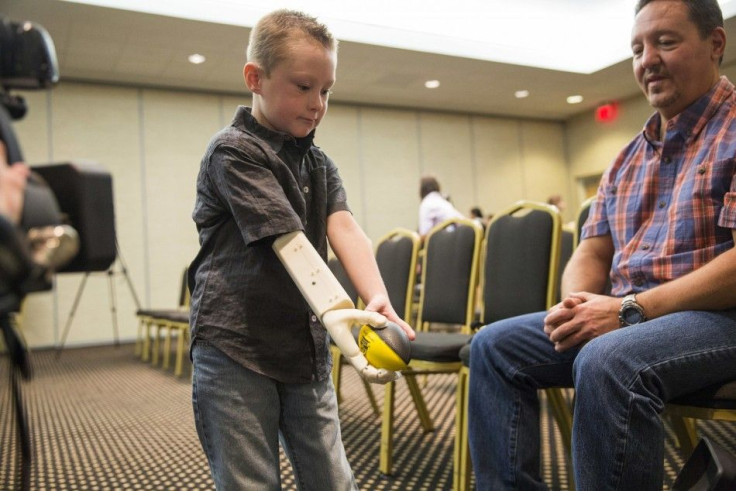Stanford researchers create 'artificial skin' that senses touch and send signals to brain

A team of engineers at Stanford University has created a skin-like material that can detect pressure, taking a revolutionary step towards the creation of prosthetic limbs that can sense touch.
Applying pressure on the “artificial skin” generates an electrical signal which is directly transferred to a person's brain cells. The researchers used organic circuits and specially designed pressure sensors to create the technology. The sensors are responsible for sending the signals to the brain based on the amount of force that is being applied to the surface of the artificial skin.
It has always been a challenge for researchers around the world to find a material that can mimic the sensation felt by the human skin. The human skin is naturally programmed to feel everything, from a hot surface to a cool breeze.
During the study, the researchers found that pyramidal microstructures created out of carbon nanotubes responded to different degrees of applied pressure.
"Our skin provides us with a flexible waterproof barrier, but it also contains a sensor array that feels the world around us. This array provides feedback and helps us to avoid a hot object or increase the strength of our grip on an object that may be slipping away," wrote researchers in the journal, Science.
The researchers believe that the technology could be used in future to create prosthetic limbs, which will allow its users to feel sensations. In addition, the researchers say that the technology could also be compatible with other fast-spiking neurons, including peripheral nerves, reported Stanford News.
Contact the writer at feedback@ibtimes.com.au, or let us know what you think below.





















